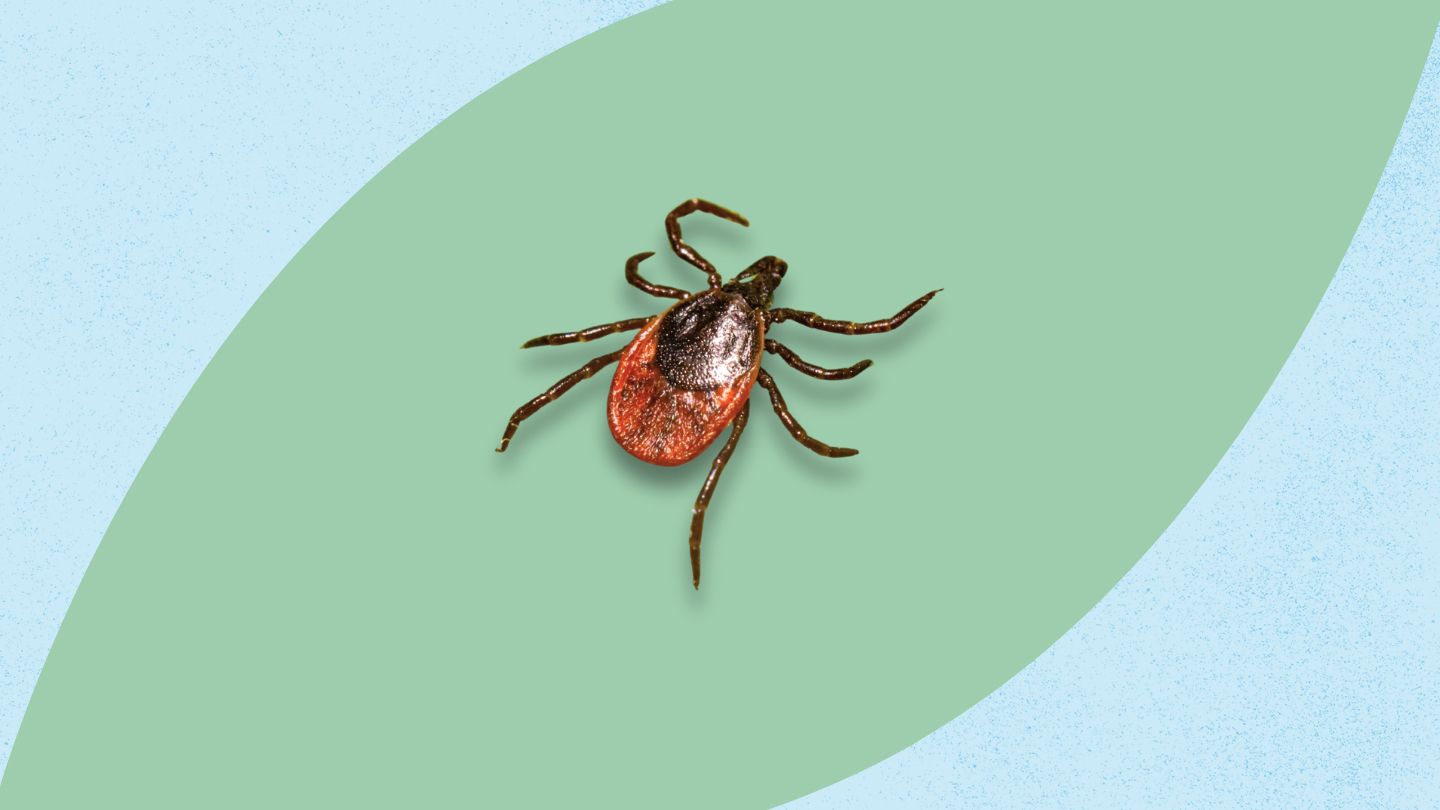If you’ve come across more ticks on your outdoor adventures this summer, it’s not surprising — experts say it’s shaping up to be a bad tick season.
“We are seeing a dramatic increase, or some people would say an explosion, in the number of ticks encountered by humans,” says Saravanan Thangamani, PhD, a professor of microbiology and immunology at the SUNY Upstate Medical University in Syracuse, New York. Dr. Thangamani also serves as the director of the Upstate Tick Testing Laboratory, which tests ticks submitted by New York residents.
Thangamani says that the lab has seen twice as many ticks as last year. His colleagues around the country are seeing a similar increase in ticks, he adds.
Why Is Tick Season Getting Worse?
The risk of tick-borne illness in the United States varies by region. The Fordham Tick Index, for example — which estimates the risk of being bitten by a tick in southern New York, Connecticut, and northern New Jersey — is currently at a 9 out of 10, or high risk. Doctors are reporting this trend in other regions too.
“Anecdotally, it seems like a bad year for ticks, based on my personal experience,” says Stephanie Lareau, MD, an emergency physician and the wilderness medicine fellowship director at the Virginia Tech Carilion School of Medicine in Roanoke.
Multiple factors are to blame, she says. “With climate change, warmer temperatures and milder winters have allowed the tick habitat to expand.”
High humidity also prolongs tick survival, Thangamani says.
Ticks seek hosts, and then bury their heads into the host’s skin and feed on their blood for hours or days. Often, these hosts include deer and mice, and Thangamani says there have been increases in the populations of these animals. That leads to more ticks, which prompts them to find new hosts — such as humans.
Surveys suggest that about 31 million Americans, or about 1 in 10 people, get a tick bite every year.
How to Know if Ticks Are Bad in Your Area
Ticks tend to prefer grassy or wooded areas, says Alex Koo, MD, an emergency physician at MedStar Health in Baltimore. “Traditionally, we think of camping, hiking, and more austere environments as areas with more chance of tick bites, but it could be a suburban backyard, as well.”
There are several types of ticks that live in different parts of the country, including:
- Deer ticks (also known as the black-legged tick) and American dog ticks are common throughout the eastern half of the United States.
- Brown dog ticks can be found nationwide.
- The lone star tick is found in the Southeastern, Eastern, and South Central United States.
- Rocky Mountain wood ticks live in the Western United States.
The CDC offers online maps of tick-borne illnesses by region to help you track the risk where you live. Your state and local health departments may also track tick-borne illnesses.
How Ticks Can Make You Sick
“Lyme disease is by far the most common and frequently encountered tick-borne disease,” Dr. Koo says. “In its early stages, Lyme is not particularly dangerous and can cause flu-like symptoms of body aches, fever, chills, headache, and fatigue. However, if untreated for several weeks to months, it can lead to serious complications, such as cardiac and neurologic damage.”
Cases of Lyme disease have been increasing over the past three decades, from 3.2 cases per 100,000 people in 1993 to 18.8 per 100,00 in 2022, according to the CDC.
Common symptoms of most tick-related illnesses include fever, chills, headaches, muscle aches, fatigue, and various rashes.
How to Prevent a Tick Bite
To avoid getting bitten by ticks, Koo recommends:
- Wear long sleeves and pants when going outdoors, especially in wooded or grassy areas.
- Tuck your pants into your socks and wear light colors so ticks are easier to spot.
Insecticides (chemicals that repel or kill ticks) can also help. Lareau suggests the following:
- Treat your clothes with the insecticide permethrin (0.5 percent).
- Apply DEET (10 to 30 percent) or picardin (20 percent) to exposed skin to keep ticks away.
Talk to your veterinarian about tick-control products for your pets, Lareau says.
While you’re outside, do periodic tick checks of yourself, as well as your children and pets, Koo suggests. Ticks are tiny, and they can be difficult to see on the skin.
When you get home, remove your clothing and check again, especially in areas with skin folds, such as armpits, under breasts, and groin creases, Koo adds.
“Showering as soon as feasible after being outdoors can help you locate ticks and remove them before they transmit diseases,” Lareau says.
What to Do if You Get a Tick Bite
Removing ticks as soon as you spot them is crucial, Koo says. Ticks need to be attached to your skin for at least 24 hours to transmit Lyme disease.
Here’s how to remove a tick:
- Clean the area around the tick with warm, soapy water or rubbing alcohol.
- Use fine-tipped tweezers to gently grab the tick near its head, as close to your skin as possible.
- Avoid twisting or crushing the tick’s body.
- Pull the tick upward firmly but slowly.
- Clean the bite area with soap and water.
Save the tick in a plastic bag or container, if you can, Thangamani says. You can send it to a lab like his for testing, or bring it to your healthcare provider. That could help them diagnose and treat a tick-borne illness if you start developing flu-like symptoms or a rash, or if the tick was attached for an extended period of time.
Read the full article here




